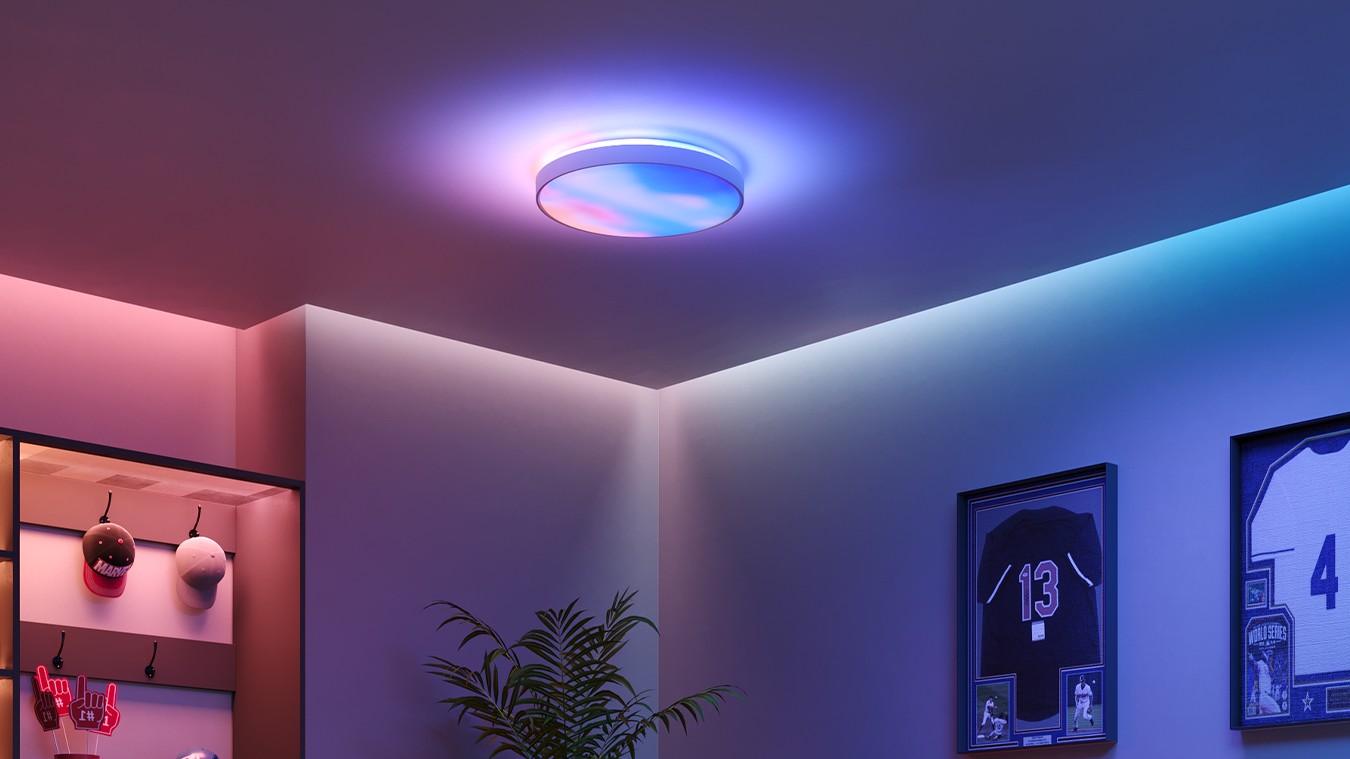Google Pixel 3 XL vs iPhone XS Max: Which should you buy?
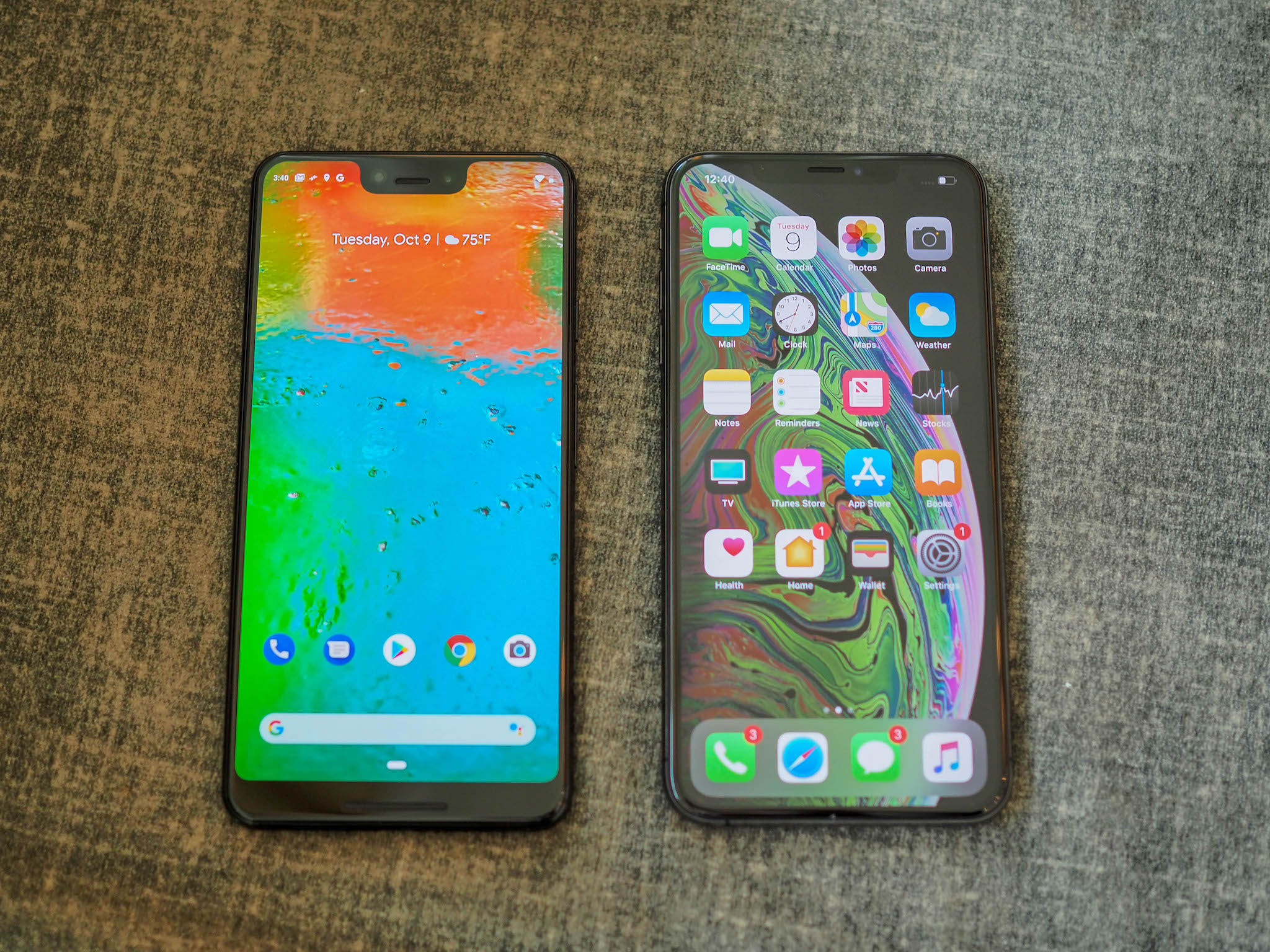
Google Pixel 3 XL
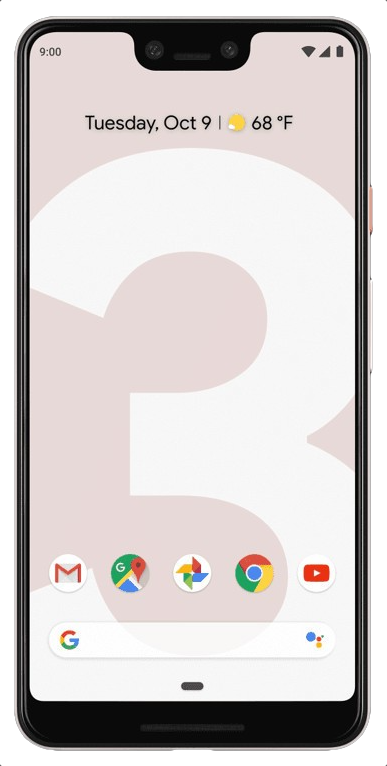
Google took the Pixel 2 XL's large body and squeezed a larger and much better 6.3-inch 18.5:9 display into it. The rest of the phone offers all of Google's strengths: simple hardware, flagship specs, lightning fast software and an amazing AI-assisted camera on the front and back. It even sports a 3430mAh battery to keep your powered through the day.
Google Pixel 3 XL
Big and bold
Apple iPhone XS Max
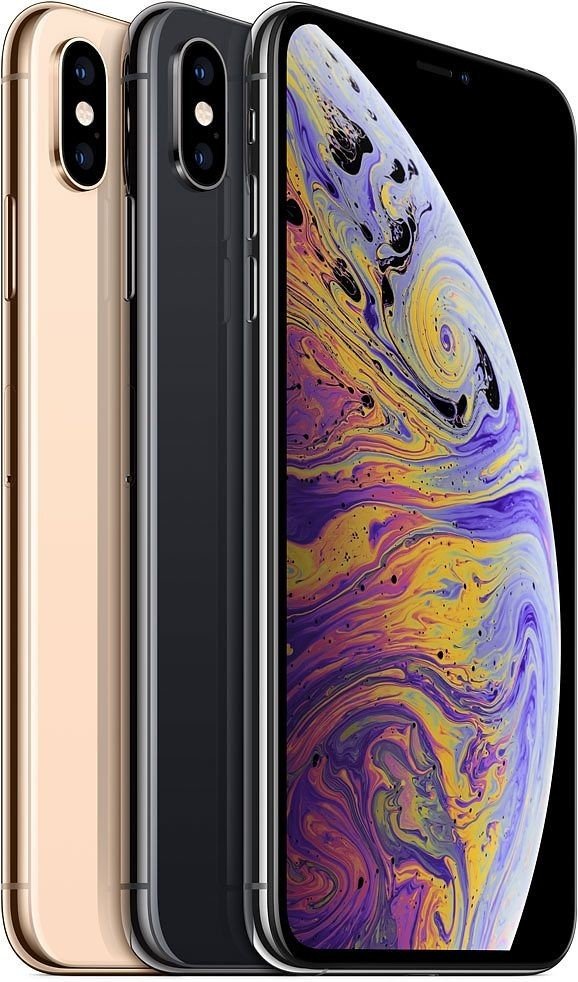
The iPhone XS Max is Apple's biggest and best iPhone yet, with the incredibly powerful A12 Bionic chip. It has a large, vibrant 6.5-inch display and excellent stereo speakers. FaceID replaces a fingerprint sensor, and the cameras have some powerful new features. Guaranteed updates every year for several years are the icing on the cake.
Apple iPhone XS Max
Best iPhone ever
The Pixel 3 XL and iPhone XS Max set the standard for smartphones running Android and iOS respectively. Software preferences aside, the Pixel 3 XL and iPhone XS Max are actually pretty similar smartphones. Both have glass and metal industrial designs with high screen-to-body ratios, along with IP68 resistance, wireless charging, stereo speakers, and more. While other Android companies can create their own competitors to Google's Pixel 3 XL, the iPhone XS Max is the best iPhone you can buy right now.
What are the differences?
A large deciding factor in which phone you should buy is, of course, the operating system behind it. By now, you probably have a good idea where you stand on Android versus iOS, but the latest versions of both operating systems share several similar features, including a focus on digital wellbeing and helping prevent you from using your smartphone too much. In short, Android 9 Pie brings a fast, fluid experience with no unnecessary additions, while iOS 12 is simpler to use but lacking in customization options. This has been the standard for years though.
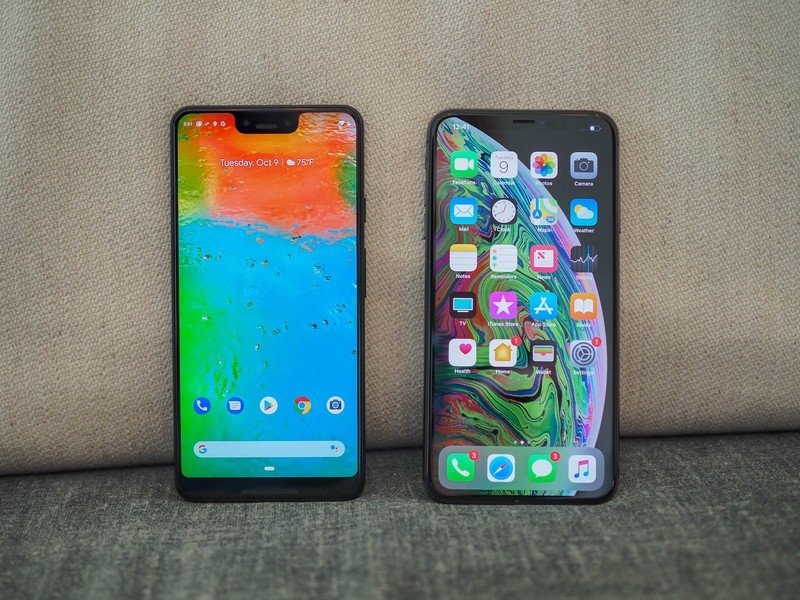
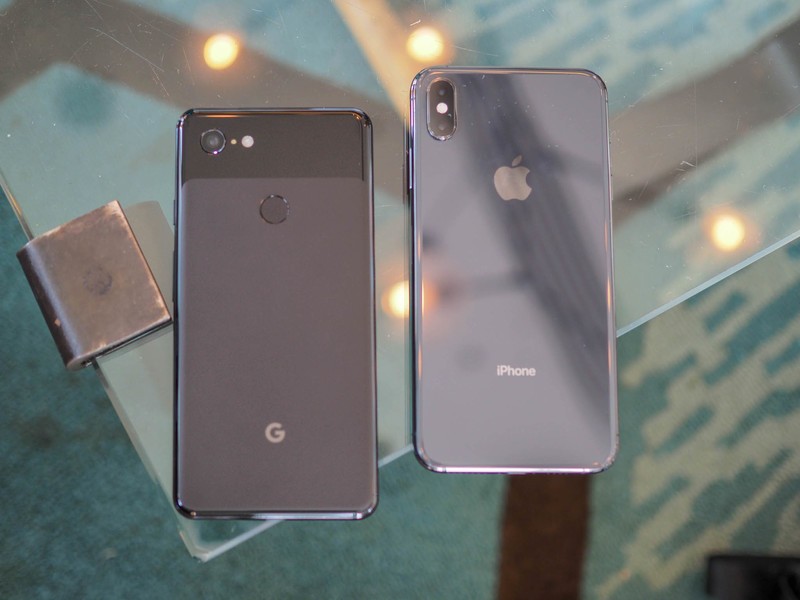
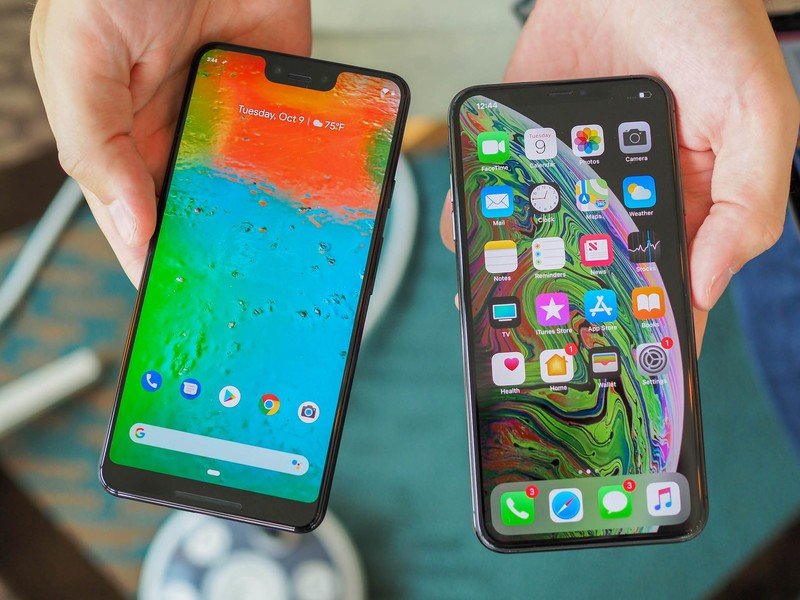
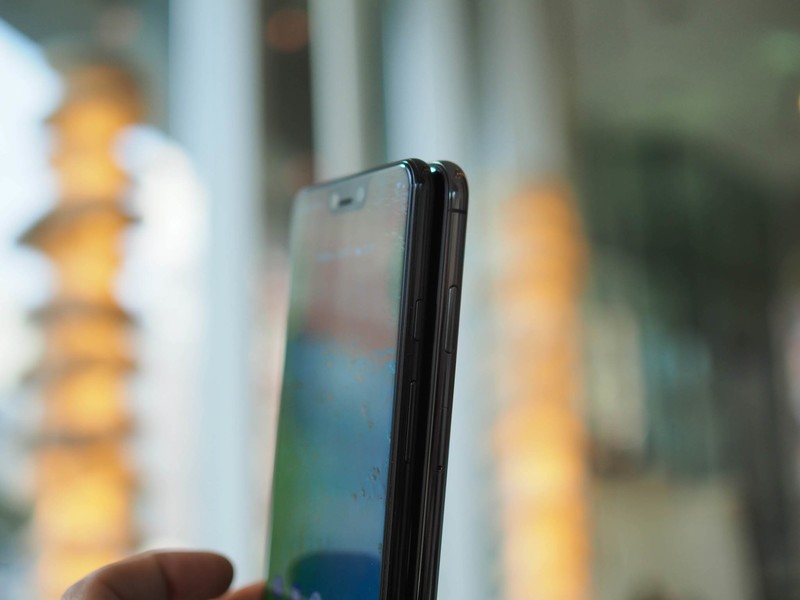
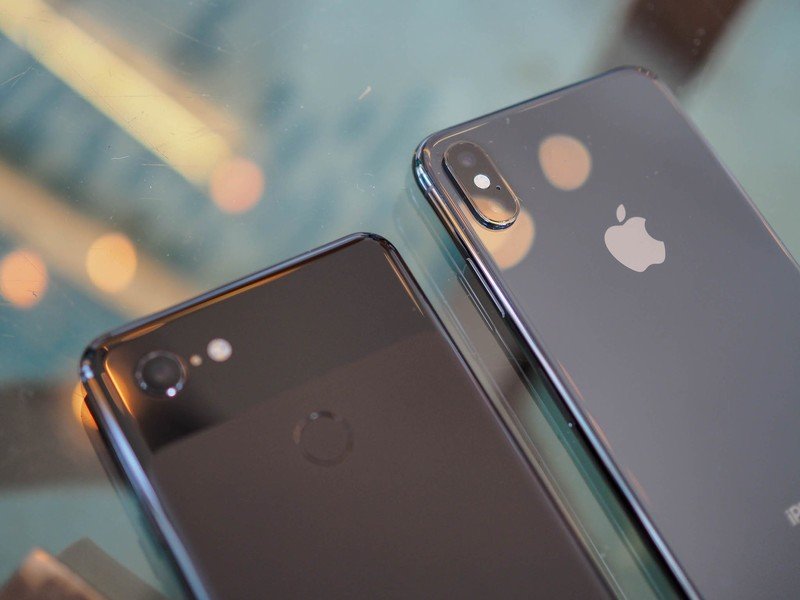
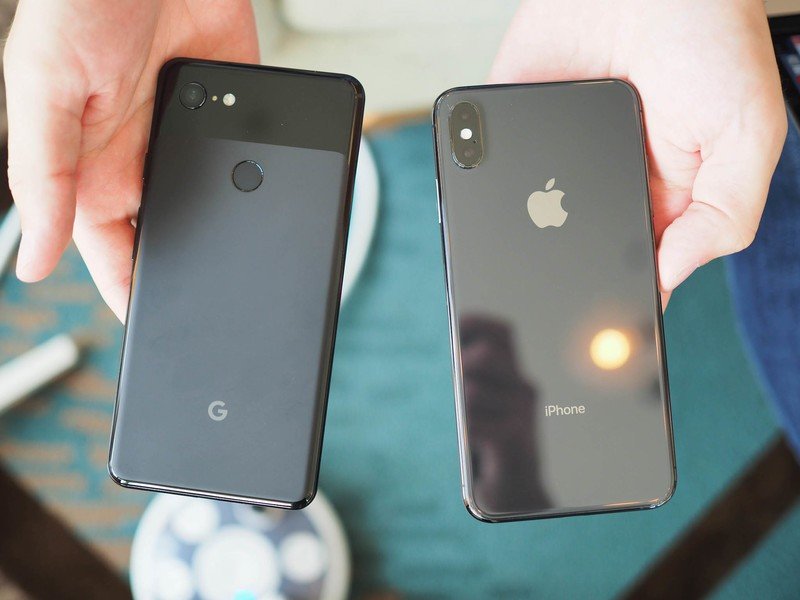
It's hard to find major flaws in either phone's hardware, and they both support the "notch," although the deep notch on the Pixel 3 XL is unsightly, compared to the streamlined notch on the iPhone XS Max. The notch on the Pixel 3 XL houses the dual selfie cameras and one of the dual stereo-speakers, which Google says necessitated its larger-than-life size. The notch on the iPhone XS Max, meanwhile, houses the Face ID camera array which is the only way to secure the iPhone XS Max as there's no fingerprint sensor.
| Category | Pixel 3 XL | iPhone XS Max |
|---|---|---|
| Operating system | Android 9 Pie | iOS 12 |
| Display | 6.3-inch OLED 2960x1440 (18.5:9) Gorilla Glass 5 | 6.5-inch Super AMOLED 1242x2688 (19.5:9) Scratch-resistant glass Dolby Vision / HDR10 compliant 120 Hz touch-sensing |
| Processor | Qualcomm Snapdragon 845 Pixel Visual Core | Apple A12 Bionic Apple GPU (4-core) |
| RAM | 4GB | 4GB |
| Storage | 64/128GB | 64/256/512GB |
| Expandable | No | No |
| Rear camera 1 | 12.2MP, 1.4-micron, PDAF f/1.8, OIS | 12MP, 1.4-micron, PDAF f/1.8, OIS |
| Rear camera 2 | None | 12MP, 1-micron, PDAF 2x Optical Zoom, f/2.4, OIS |
| Front camera 1 | 8MP, auto focus f/1.8, 75-degree lens | 7MP, auto focus f/2.2, 32mm focal length |
| Front camera 2 | 8MP, fixed focus f/2.2, 97-degree lens | None |
| Connectivity | Wi-Fi 802.11ac 2x2 MIMO, Bluetooth 5.0 LE, NFC, GPS | Wi-Fi 802.11ac 2x2, Bluetooth 5.0 LE, NFC, GPS |
| Audio | Stereo speakers USB-C | Stereo speakers Lightning port |
| Battery | 3430mAh Non-removable | 3174mAh Non-removable |
| Charging | 18W USB-C PD Qi wireless | Fast charging (available separately) Qi wireless |
| Water resistance | IP68 | IP68 |
| Security | Fingerprint sensor | Face ID |
| Dimensions | 76.7 x 158.0 x 7.9 mm 184 g | 157.5 x 77.4 x 7.7 mm 208 g |
| Colors | Just Black, Very White, Not Pink | Space Gray, Silver, Gold |
One of the big differences between the two devices is their approach to photography. The Pixel 2 XL last year was outstanding and used AI to capture photos that were better than the dual-camera competition despite having a single camera. The Pixel 3 XL sticks with a single camera on the rear, but adds a secondary wide angle camera on the front to help you take group selfies. The iPhone XS Max uses dual cameras on both front and back, with Apple preferring to use hardware rather than artificial intelligence to achieve the same effects.
Both phones offer many of the same features so the choice is whether you prefer Android or iOS.
Apple made a big deal during the iPhone XS announcement over some of the improved camera features, including the adjustable bokeh effect in post and stereo audio during video capture. Google also made a big deal about its new camera features during the Pixel 3 announcement, including Night Sight for improved low light photography and the ability to adjust bokeh after capture.
Get the latest news from Android Central, your trusted companion in the world of Android
Both phones are up there in the price department, with the Pixel 3 XL starting at $899, and the iPhone XS Max breaking the four-figure club with a starting price of $1,099. You're get a similar experience in terms of performance, cameras, and display, but if you want iOS, the iPhone XS Max is the best phone you can buy. If you prefer Android, your choices are vast, and while the Pixel 3 XL is an excellent choice, the Samsung Galaxy Note 9 is also worth looking at.

Nirave is a veteran tech journalist and creator at House of Tech. He's reviewed over 1,000 phones and other consumer gadgets over the past 20 years. A heart attack at 33 inspired him to consider the Impact of Technology on our physical, mental, and emotional health. Say hi to him on Twitter or Threads
